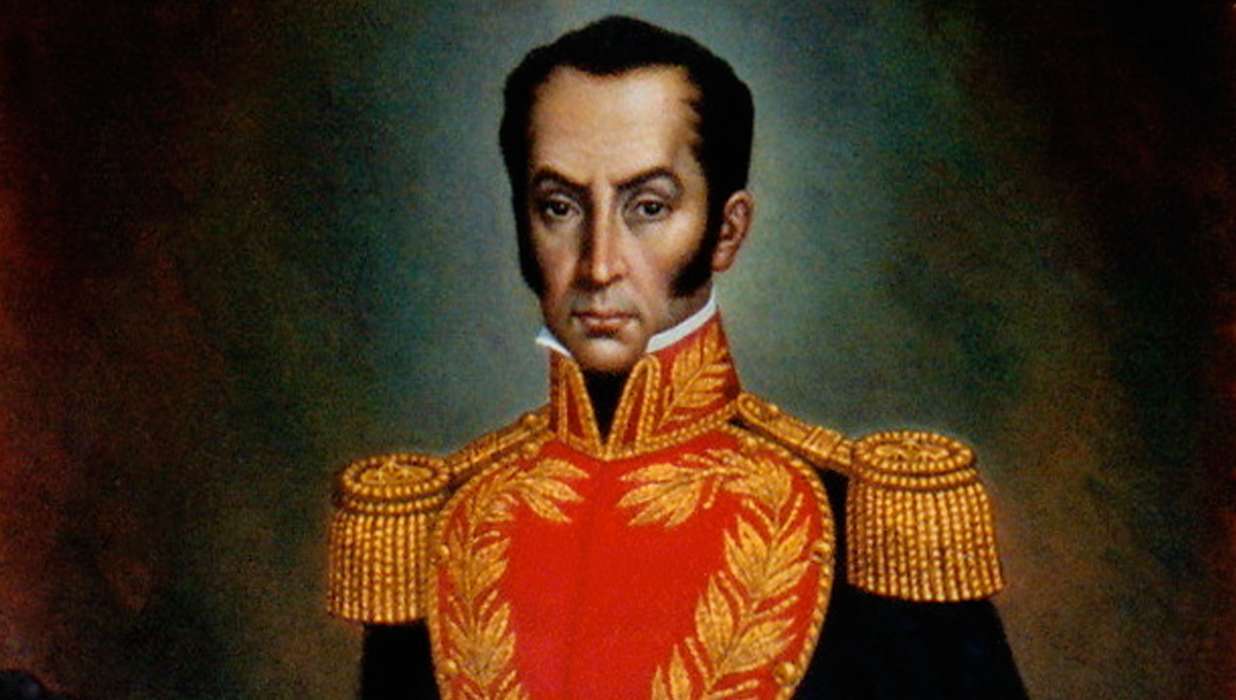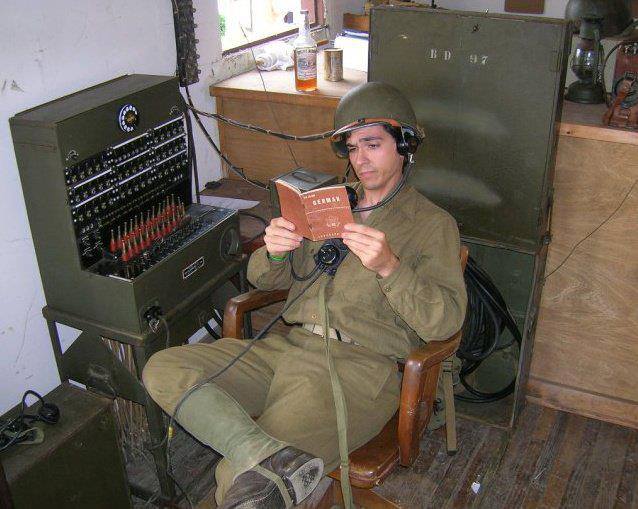
Lesson Plans World History II SOL 7abcd: Latin-American Revolutionaries and the Monroe Doctrine
Standard WH II: The student will demonstrate knowledge of the Latin American revolutions of the nineteenth century by
Objectives:
a) describing the colonial system as it existed by 1800.
b) identifying the impact of the American and French Revolutions on Latin America.
c) explaining the contributions of Toussaint L’Ouverture and Simón Bolivar.
d) assessing the impact of the Monroe Doctrine.
Lesson Plans
Introduction: A Bell-ringer activity
Notes: Students copy-down and discuss teacher generated notes
Activities: Students complete various in class activities to support learning including video analysis, maps, charts, diagrams, graphic organizers, worksheets, text-book questions, group discussion, KWL Charts etc.
Assessment: Informal, Formal, Exit-Questions, Teacher Questioning. Quizzes, Tests, Projects
Essential Knowledge:
SOL 7a
Characteristics of the colonial system
• Colonial governments mirrored the home governments.
• Catholicism had a strong influence on the development of the colonies.
• A major element of the economy was the mining of precious metals for export.
• Major cities were established as outposts of colonial authority.
– Havana – Mexico City – Lima – São Paulo – Buenos Aires
Rigid class structure
• Viceroys / colonial officers
• Creoles
• Mestizos
SOL 7b:
Influence of the American and French Revolutions on Latin America
• Slaves in Haiti rebelled, abolished slavery, and won independence.
• Father Miguel Hidalgo started the Mexican independence movement.
• French, Spanish, and Portuguese colonies gained independence.
Selected countries that gained independence during the 1800s
• Mexico • Haiti • Colombia • Venezuela • Brazil
SOL 7c
Contributions of Toussaint L’Ouverture
• Former slave who led Haitian rebellion against French
• Defeated the armies of three foreign powers: Spain, France, and Britain
Contributions of Simón Bolivar
• Native resident who led revolutionary efforts
• Liberated the northern areas of Latin America
SOL 7d
Impact of the Monroe Doctrine
• The Monroe Doctrine was issued by President James Monroe in 1823.
• Latin American nations were acknowledged to be independent.
• The United States would regard as a threat to its own peace and safety any attempt by European powers to impose their system on any independent state in the Western Hemisphere.
Activities That Support Lesson Plans
Father Hidalgo Reading: Primary Source Reading
Toussaint LOuverture Biography: A handout with a brief bio
Short Biographies: For use with chart below
Biography Analysis Chart: Biography Chart
Latin American Independence Map with Cities: Map activity
Latin-American textbook and Primary Source readings: Activity where students read textbook sections on independence leaders and complete chart. Students also read an excerpt from Bolivar’s Address to the Congress of Venezuela (Angosture) in 1819. Students also address questions from the video below.
Note: For a copy of his famous address see here:
http://homepages.udayton.edu/~santamjc/angosturatxt.html
PBS put out a fantastic video on Toussaint in 2009 (also seen on YouTube below): Egalite for All-Toussaint Louverture and the Haitian Revolution.
This is the viewing guide I use for the video: Viewing Guide Egalite For All.
